Foraging is one of my favorite ways to get outside and enjoy nature while finding new, delicious foods. Whether you're just getting started or are already an expert, there's more to learn about foraging.

Here's a beginner's guide to foraging that should help you get started on the right track when it comes to collecting wild foods from your local area:
Learn the rules
The first thing you need to do is find out the rules in your area regarding foraging. In some parks and other public areas, foraging is completely forbidden.
In others, it may be allowed but regulated so that you can only collect a certain amount of food per day or week. You'll also want to discover what plants are safe and unsafe to eat in your area.
This could mean learning which plants have poisonous look-alikes (for instance, water hemlock looks similar to Queen Anne's lace) or which plants are safe but not tasty (like pokeweed). Check with your local Cooperative Extension office to learn more about which plants are safe and unsafe in your area.
What is Foraging?

Foraging is searching for, collecting, and harvesting wild plants. It traditionally refers to the gathering of food. Still, foraging can include harvesting other plant materials like dyes and medicinal plants and collecting fungi, shells, nuts, berries, and insects.
Unlike some types of farming, which involve clearing areas to plant crops or graze livestock, foraging is a sustainable activity that ensures the survival of native species and maintains the health of local ecosystems by leaving some plants intact.
What Food is Edible?
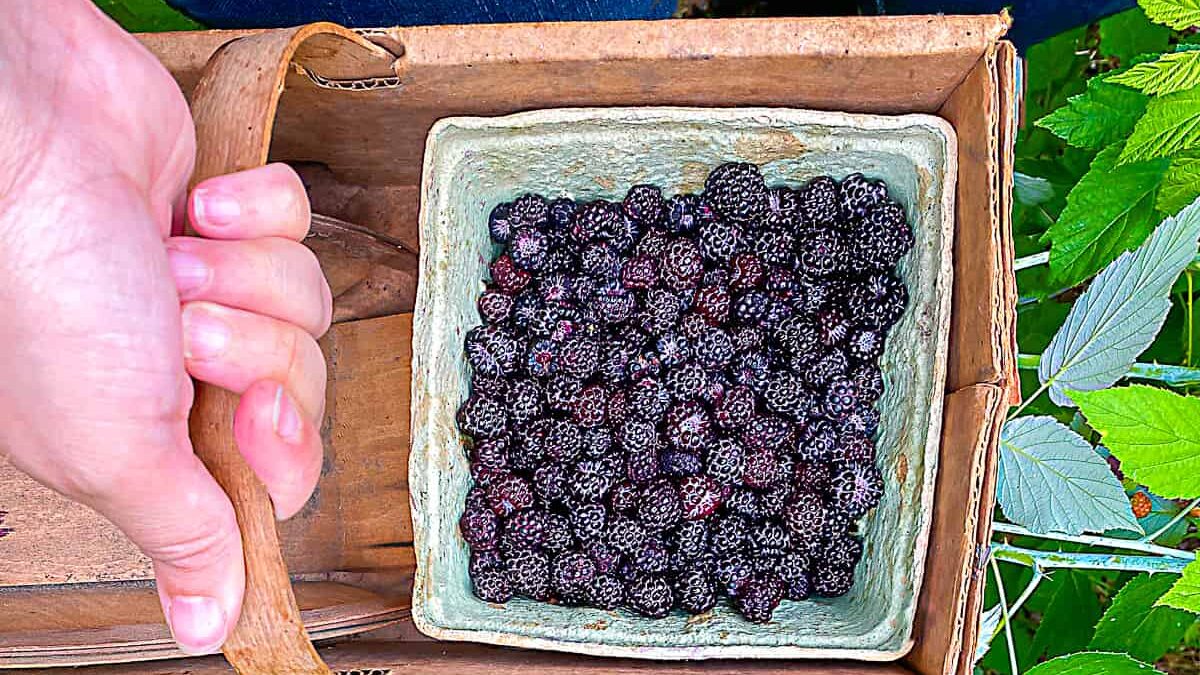
As a beginning forager—especially one who lives in an urban area—it can be difficult to find ingredients you can regularly use throughout the year.
But it becomes easier to plan once you know what plants exist at different times of the year and how long they stay good after being picked. You'll start collecting local greens that are available all summer long.
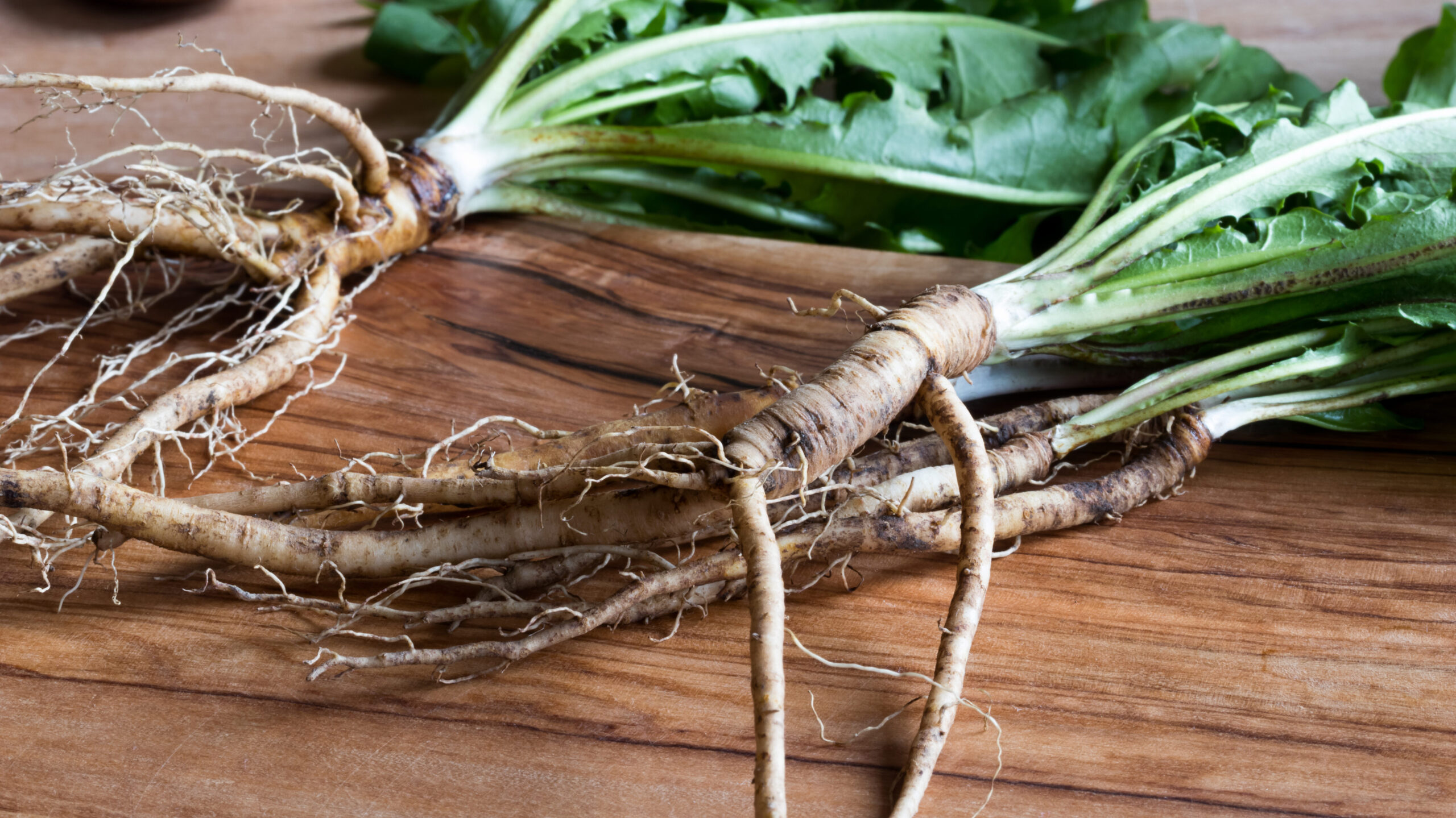
Having a guidebook with you is good while you're out in the woods. You wouldn't want to go on a hike without a map! Don't forage without knowing what plants are. It's not super complicated, but it takes practice.
Be sure you know what plants you're looking at. Print off a plant identification guide and keep it with you while out.
When choosing a plant identification guide, make sure it lists plants found in your area. For example, a wildflower guide from Georgia isn't very helpful if you're hiking in Pennsylvania!
I recommend buying more than one to cross-reference descriptions and pictures. In addition, your local bookstore should carry several guides to help locate edible plants in your neck of the woods.
If you aren't sure if a plant is edible, don't eat it, as some can be poisonous.
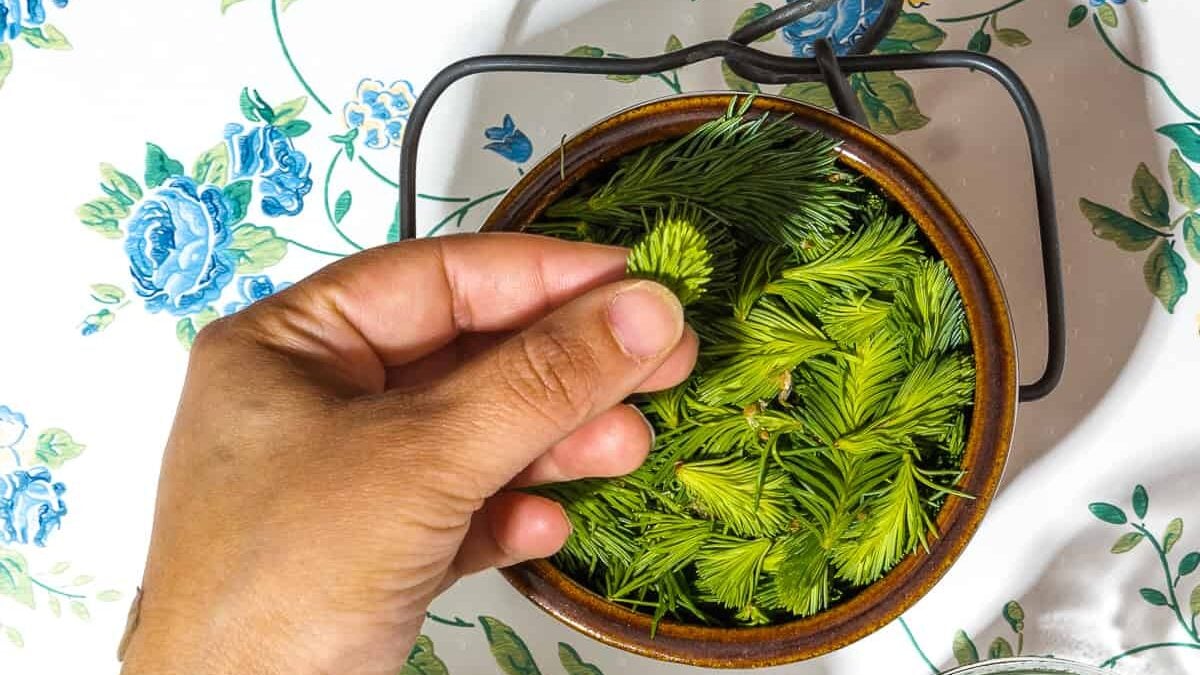
The first rule of foraging: if you aren't sure whether or not a plant is edible, don't eat it. Plenty of apps and books can help positively identify plants, but if you think there's any chance it's poisonous, don't risk it.
While many plants have edible parts, some have edible and inedible parts. For example, the root may be significant to eat, while the leaves are toxic. Some plants will also change their edibility as they mature: the new growth of Queen Anne's Lace is delicious, while mature specimens are bland.
So before eating a plant, identify it and all its parts as edible positively!
Get permission from property owners before foraging on their land.

If you're unsure if a piece of land is privately or publically owned, go to public parks and ask permission to forage. Some landowners will allow you to do so; others won't.
Forage sustainably so that the stands of plants are left intact and able to thrive.
It's important to remember only to take what you need. For example, if you're harvesting wild berries, leave a few behind so the bushes can continue producing. It also ensures that the roots get enough nutrition. When picking greens, snip leaves from plants all over the area. You don't want to over-pick one place and leave others with no harvestable plants behind. This goes for everything you forage—sustainability is key! Don't pick plants already over-picked in your area; it goes without saying, but don't take endangered species!
Avoid areas with potential chemical contamination, such as agricultural fields.
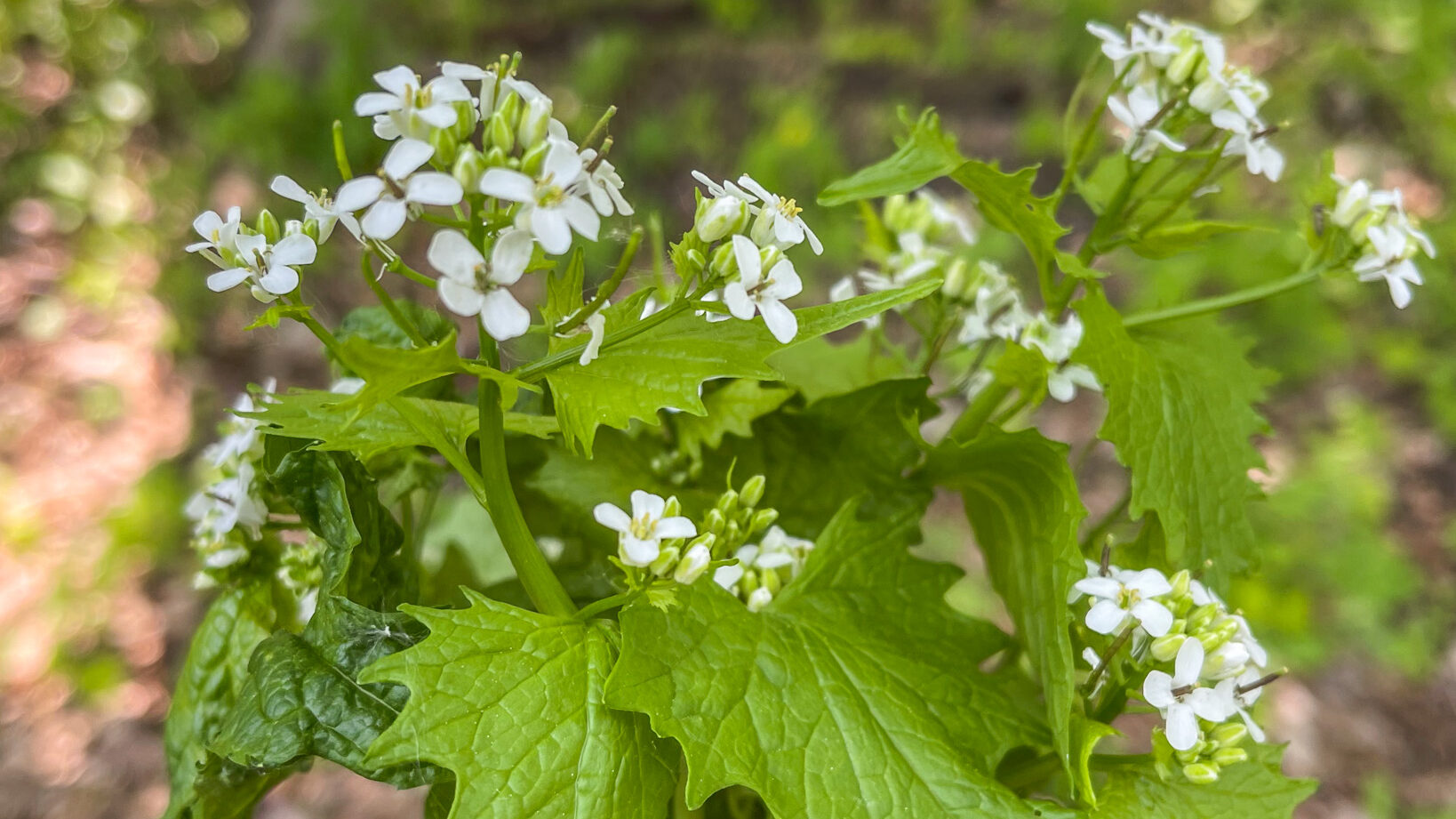
It is essential to know that pesticides can also be harmful to humans. Pesticides are chemicals used to control pests, including insects and weeds. These pesticides are often used in agricultural fields, contaminating growing plants. Wild plants growing close by may also be affected by the pesticide overspray. Some pesticides don't break down quickly and can remain toxic long after being sprayed on crops.
When foraging plants, avoiding areas with potential chemical contamination, such as agricultural fields, is best.
Trees are edible too!

Some items, such as pine needles, are high in Vitamin C and can be used to make tea.
Pine needles are a popular foraged item, as they're high in vitamin C and can be used to make tea.
Some of the Plants May be in Your Backyard

Dandelion leaves are another excellent find. The young greens are high in vitamins A and C. They're great to eat raw in salads or sautéed with garlic and olive oil to add depth to your meal. The younger the dandelion leaf, the tastier it will be.
Foraging opens up a whole new world of foods to eat

Once you're in a groove, you can find, cook and serve delicious meals! From steamed carrot greens and zesty potato salad, to spicy dandelion petal salad, etc. There are many ways to cook with foraged foods, so look at how you can find out what grows in your area, collect it safely, and cook it!
FAQ
To start foraging, you should have a plan and ensure you have the right equipment. You may want to look into classes at your local zoo or watch videos on YouTube to get started.
Yes, you can survive off of foraging. You need to be a little creative and look around where you live to find the food that is abundant or close at hand.
Foraging is a traditional hunter-gatherer activity of searching for wild plants and fungi. In the modern era, this form of resource management has been adopted as a hobby worldwide.
Wild Edible Plants
Foraging is gaining popularity as a lifestyle thanks to many different factors. It’s getting easier to find good information on wild food, identify it, and forage for it. Here are some plants to get you started.
Stinging nettles take some strategy to forage and are tasty when cooked properly. Here's how to identify, forage, and cook with them
Learn how to forage for garlic mustard, an invasive and versatile wild green plant. It's great for beginners!
Foraging for dandelions is fun for folks looking to cook and eat wild edible plants. Let's cover the basics.
While some may consider field garlic (or onion grass) a weed, it can be a great addition to your meals if foraged and appropriately prepared.
Learn how to cook with wood sorrel, an easy garden weed great for beginning foragers that is sour, tangy, and delicious!
Wildflowers are an easy backyard forgeable and purple. Violets are a lovely spring tree. Learn where to find them and how you can use them.










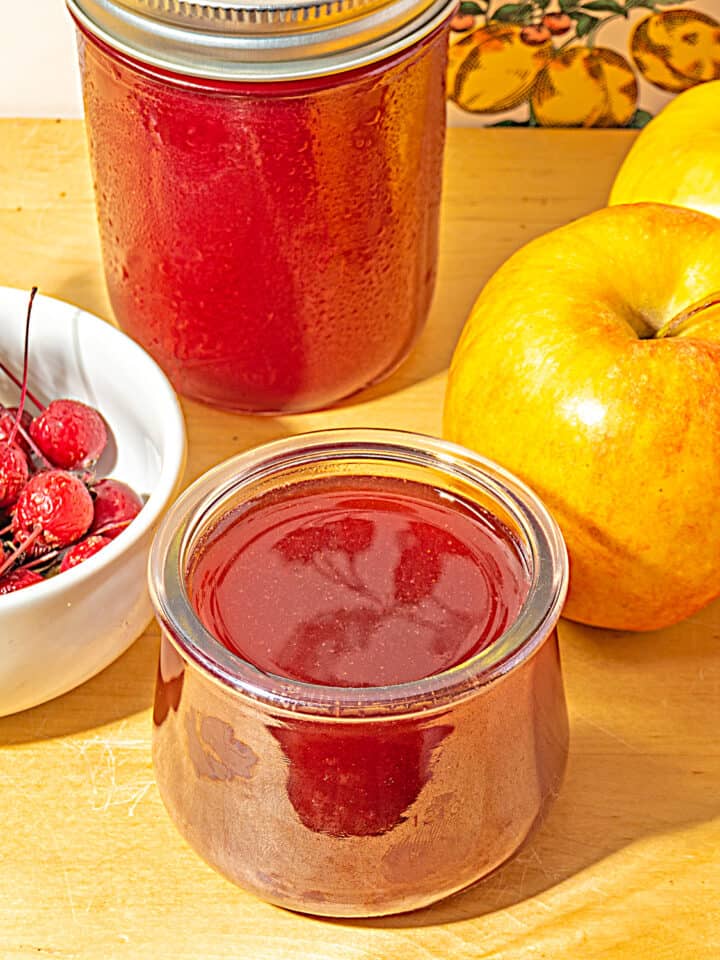
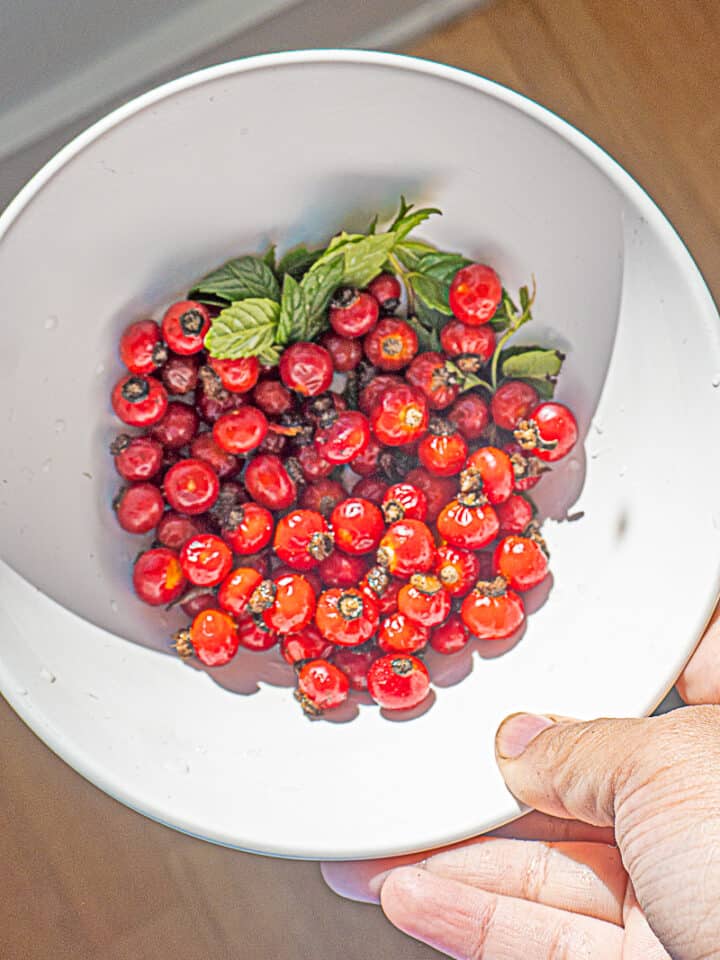
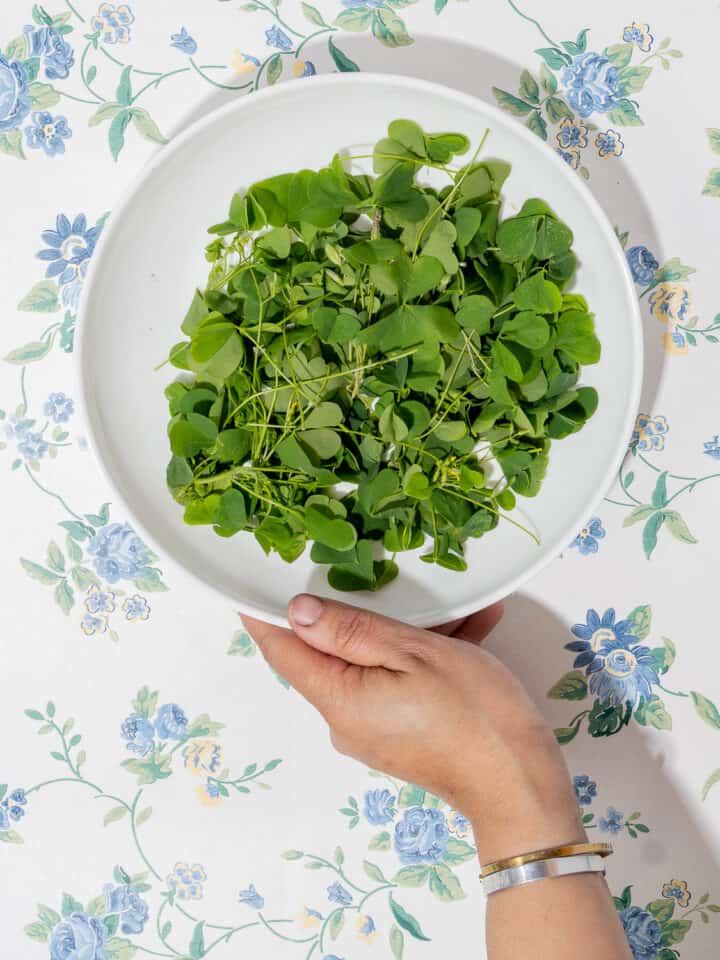
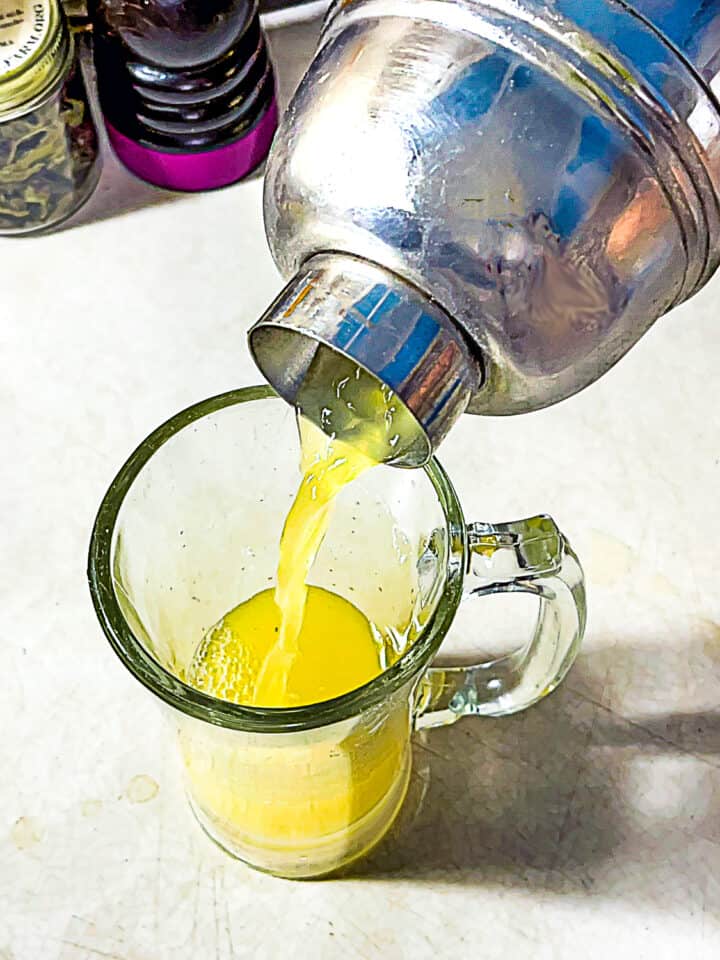

Comments
No Comments